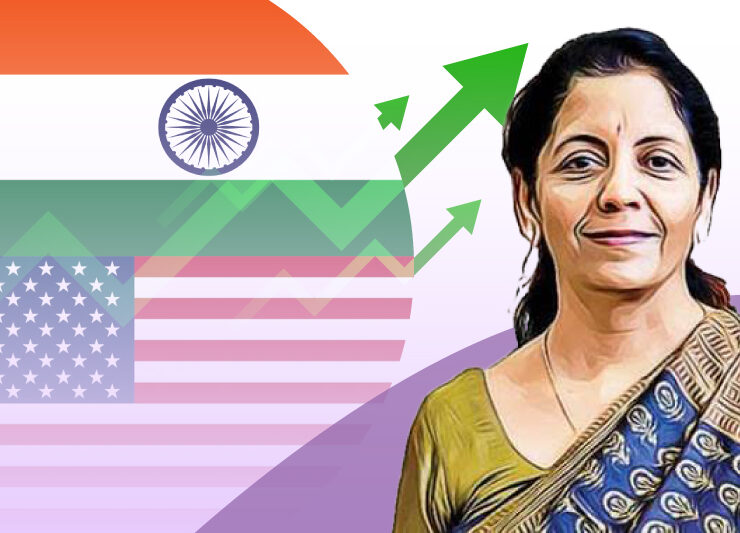CRUDE OIL PRODUCTION CUT: THE ICE HAS BEEN BROKEN
Finally, on 10th December, 2016 OPEC and non-OPEC members have reached their first deal since 2001 to jointly reduce crude oil output in order to check oversupply. Last week, OPEC agreed to slash output by 1.2 million barrels per day from 01st January, 2017, with top exporter Saudi Arabia cutting as much as 486,000 bpd. On Saturday, producers from outside the 13-country group agreed to reduce output by 558,000 bpd, short of the initial target of 600,000 bpd, but still the largest contribution by non-OPEC ever. Of that, Russia will cut 300,000 bpd.
THE SMOKE AND THE FIRE

The associations took a long time to arrive at the decision which provided ample time to speculate on the fate of the fuel of the fuels. It has been reported since 2011 that the oil market is in oversupply and rumors were rife about a production cut. After a relentless downtrend seen in 2014 and 2015, Crude oil prices found some support this year amid OPEC and non-OPEC members’ growing tussle for a production cut deal. However, 2016 also started on a negative note with prices tumbling to $26 per barrel, the lowest level in a decade. Throughout 2014-2015, Saudi Arabia raised output steeply in an attempt to drive higher-cost producers such as U.S. shale firms out of the market. This move helped reduce growth in U.S. shale output but it also hit the revenues of oil-dependent economies including Saudi Arabia and Russia, prompting the two largest exporters of crude to start their first oil cooperation talks in 15 years. Meanwhile after mid-February this year, things started to improve and what we saw was a consistent recovery since then with a few spells of pullback seen in between.
Now that the long pending decision has been taken, the analysis begins for how much this event has been already discounted. Let us drill into the possibilities through fundamental and technical view.
THE MUD AND THE WATER

OPEC has a long history of cheating on output quotas. The fact that Nigeria and Libya were exempt from the deal due to production-denting civil strife will further pressure OPEC leader Saudi Arabia to shoulder the bulk of supply reductions. Russia, which 15 years ago failed to deliver on promises to cut in tandem with OPEC, is expected to perform real output reductions this time. OPEC and the non-OPEC countries at the meeting were responsible for 55 percent of global output. Their joint reduction of around 1.8 million bpd would account to about 2 percent of global oil supply. All these facts amid various paradoxes points towards a mid-term rally and despite being discounted, a large chunk of the upside seems to be still remaining to be achieved.
THE CRYSTAL CLEAR VIEW
Technically, prices are looking all set to take a yearly close above $53. If we see the technical chart through wave patterns & Fibonacci studies then the formation on monthly chart seems to be like an incomplete ‘X’ wave. The third and final leg of ‘X’ wave has initiated above $52 and there are fair possibilities for prices to strongly sustain above this mark. On crossing next hurdle at $55, prices are likely to travel further northward in the range of $64-$69 as per the Fibonacci retracement studies.






